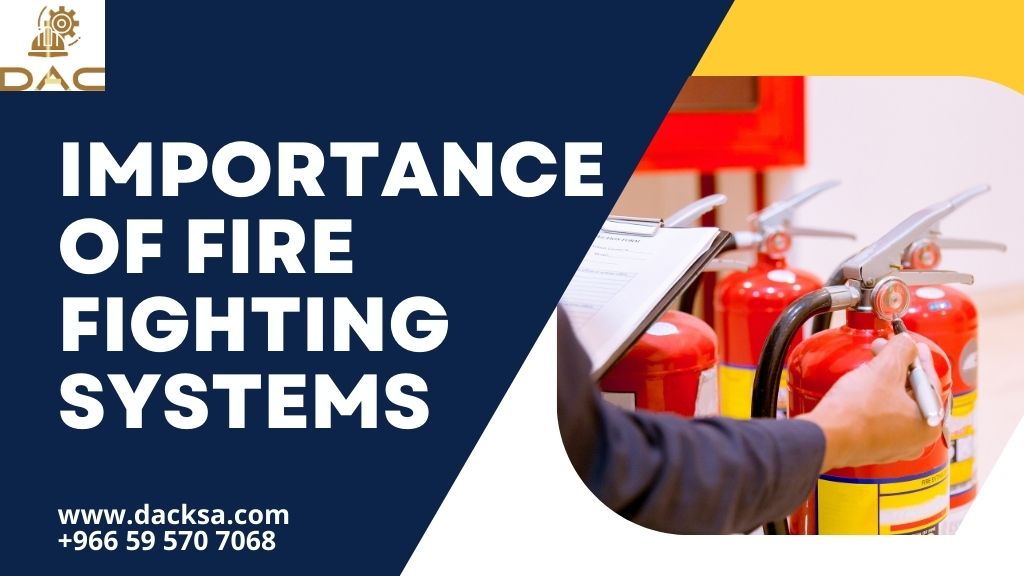Despite the importance of fire fighting systems, there are several common misconceptions that need to be addressed. Understanding these misconceptions can help dispel myths and ensure that accurate information is shared regarding fire safety.
1. Fire fighting systems are not necessary for small buildings: Every building, regardless of its size, is at risk of a fire. Small buildings can also have significant fire hazards, and having a fire fighting system is crucial for early detection and suppression.
2. Smoke detectors alone are sufficient: While smoke detectors are essential, they are not a standalone solution. Fire fighting systems should consist of multiple components, including alarms, sprinklers, and fire extinguishers, to provide a comprehensive response to fire emergencies.
3. Fire fighting systems are expensive: While fire fighting systems require an initial investment, the cost of not having them can be far greater in terms of property damage and potential loss of life. Moreover, the long-term benefits of enhanced safety and compliance with regulations outweigh the initial cost.
4. Once installed, fire fighting systems do not require maintenance: Regular maintenance and inspections are critical to ensure the proper functioning of fire fighting systems. Neglecting maintenance can lead to system failures and compromise their effectiveness during emergencies.
5. Fire fighting systems are only for commercial buildings: Fire fighting systems are equally important for residential buildings. Residential fires can be as devastating as commercial ones, and having a fire fighting system in place can save lives and property.
Understanding these misconceptions and educating others about the importance of fire fighting systems can help foster a culture of fire safety and encourage proactive measures to prevent fire incidents.
Learn more about the fire hydrant and grooved fittings
Conclusion: Ensuring Safety and Protecting Your Property
In conclusion, fire fighting systems play a vital role in protecting lives and property by providing early detection, containment, and suppression of fires. Understanding the different types of fire fighting systems and their components is essential for designing a comprehensive fire safety plan tailored to your property’s needs.
By complying with fire safety regulations, investing in reliable systems, and training personnel on fire safety protocols, you can create a secure environment and minimize the potential damage caused by fires. Regular maintenance and inspections of your fire fighting system are crucial to ensure its optimal performance during emergencies.
Remember, fire safety is a shared responsibility. By taking proactive steps to prevent fires and having robust fire fighting systems in place, you contribute to the safety and well-being of everyone in your building. Let’s prioritize fire safety and work together to prevent fire tragedies.
Contact us today for a free fire safety installation services in Saudi Arabia. We’ll help you create a comprehensive fire protection plan for your property. Email us at info@dacksa.com or call us at +966 59 570 7068






